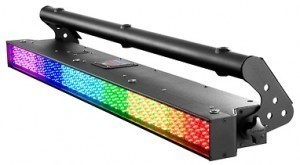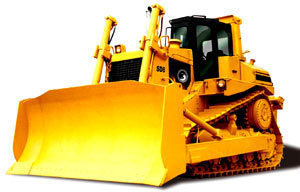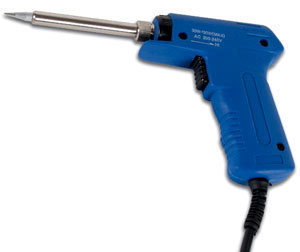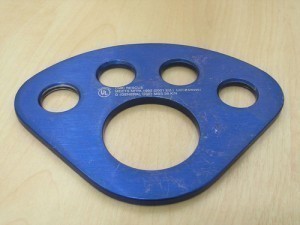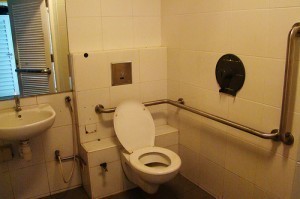Concrete Block Dimensions
Concrete blocks, which are sometimes known as hollow 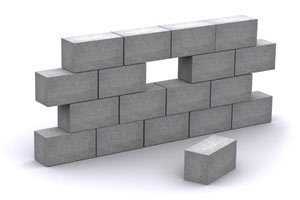 blocks or a concrete masonry unit is a high density rectangular brick that is cast from cement, gravel and sand and used in the construction of buildings and suburban dwelling units. Other industrial waste materials such as cinders or bottom ash and aerated concrete are used to manufacture lightweight building blocks known as cinder blocks in the United States, breeze blocks in the United Kingdom and besser bricks in Australia. However, unlike concrete blocks, these lightweight cinder blocks have a lower compressive strength and are not advisable for use in load bearing structures. The standard concrete block dimensions in some Asian countries such as the Philippines is 16 x 8 x 4 to 6 inches while a standard concrete masonry unit in the United States come in dimensions of 8 x 8 16 inches. In European countries like the United Kingdom and Ireland, standard concrete block dimensions are 17.3 x 8.5 x 3.9 inches.
blocks or a concrete masonry unit is a high density rectangular brick that is cast from cement, gravel and sand and used in the construction of buildings and suburban dwelling units. Other industrial waste materials such as cinders or bottom ash and aerated concrete are used to manufacture lightweight building blocks known as cinder blocks in the United States, breeze blocks in the United Kingdom and besser bricks in Australia. However, unlike concrete blocks, these lightweight cinder blocks have a lower compressive strength and are not advisable for use in load bearing structures. The standard concrete block dimensions in some Asian countries such as the Philippines is 16 x 8 x 4 to 6 inches while a standard concrete masonry unit in the United States come in dimensions of 8 x 8 16 inches. In European countries like the United Kingdom and Ireland, standard concrete block dimensions are 17.3 x 8.5 x 3.9 inches.
To improve insulation or reduce weight, concrete blocks may be made with hollow cores. When used for the load bearing walls of buildings and structures, concrete blocks are reinforced with tie beams and concrete columns and posts. A concrete foundation and slab is typically used in suburban dwelling units and large buildings use large amounts of cement and steel reinforced concrete blocks. To compensate for the lack of tensile strength, reinforcing bars, or rebars are inserted in the hollow cores of the block and poured with cement then parged with a thin layer of concrete on both sides creating a steel reinforced concrete that increases the structural strength of the building regardless of the concrete block dimensions used in constructing the building. The exposed concrete wall surface is then given a stone thin veneer, stucco or paint finish to make it more attractive. To address moisture issues and water seepage, the concrete is mixed with water proofing additive before being poured in the hollow core of the concrete blocks.
In the Philippines, concrete block dimensions of 8 x 8 x 6 inches reinforced with steel bars and cement in its cores are recommended for multiple buildings and houses to withstand seismic activity and strong typhoons that visit the country several times a year. Moreover, beach sand should never be used in the cement pour as these would quickly cause the corrosion of the reinforcing bars which may eventually result to structural failure and damage to lives and property.
